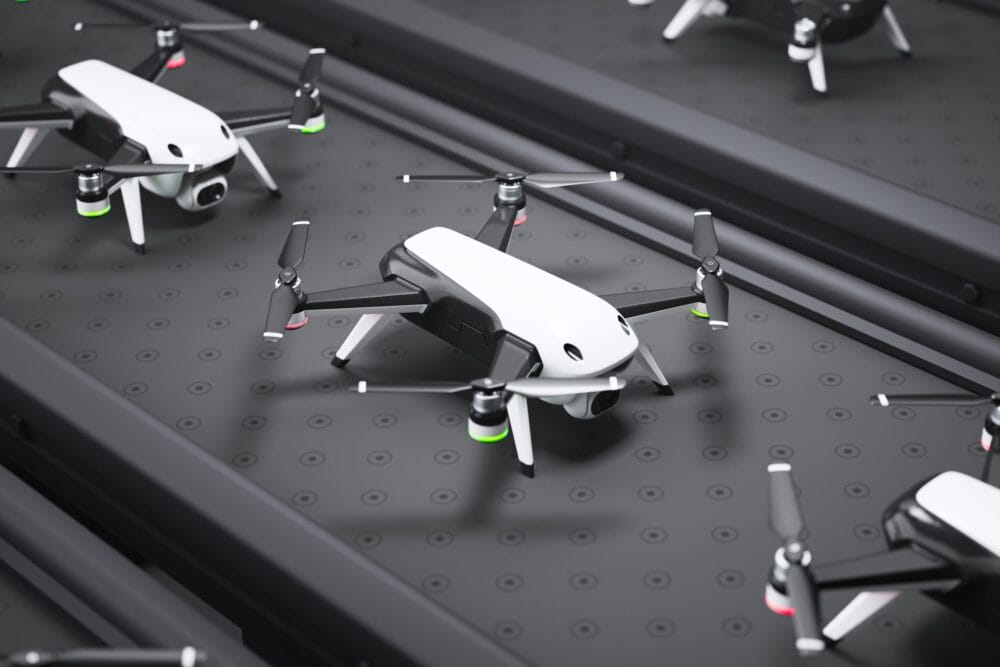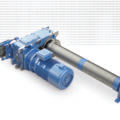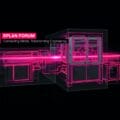~ What to consider when 3D printing drone components ~
While fairly new to the commercial market, unmanned aerial vehicles (UAVs) have been crucial to industry for decades. As drone requirements change, end users want access to better technology at a faster rate — often considering how newer production methods can deliver. Here Matthew Jones, defence vertical sales leader EMEA and senior application engineer at Stratasys, shares with Tri-Tech 3D, UK provider of Stratasys 3D printing solutions, the factors to consider when using additive manufacturing (AM) for drone development.
Drones have many functions, from inspecting livestock to conducting surveillance in military settings, and can operate in different environments for several hours with little manual intervention. In these critical applications, rapid availability of parts ensures minimal downtime and quick deployment.
Why AM?
Unlike traditional methods like metal casting, which involve lengthy lead times and reliance on OEMs for part licenses, AM enables rapid, on-demand production of drone components directly at the point of need. On-demand production helps reduce cost-per-part and lead times, so when spares are required, manufacturers can quickly produce replacements on site, condensing the supply chain, ensuring resilience and, in some cases, further protecting IP.
Industries like defence and aerospace still largely use traditionally-manufactured UAVs. However, as polymer 3D printing gains traction and OEMs better understand the build processes, material options and validation requirements, more businesses are exploring its advantages. So, when servicing existing drone technology and developing new systems, integrating AM into existing processes can give manufacturers improved visibility across the design and production cycle.
AM components
While older drone systems may still function effectively, industries that use these systems should consider how modern manufacturing methods can improve the structure and durability of both new and existing UAVs.
Manufacturers can use polymer 3D printing to build effective tooling and components for drones to sit alongside metal inserts, stiffening rods or metal AM components to ensure overall machine integrity. Components that must be lightweight yet durable are well-suited for 3D printing. These include HVAC ducting, avionic housings, wiring harnesses, connectors, brackets and clips — for smaller UAV applications, entire drone housing can be printed, embedding electronics directly into the structure.
When working with older designs licenced by OEMs that are still in service, end-users may lack the design authority to make design changes or change production methods. If so, manufacturers could instead 3D print tools for casting or thermoforming when using metals or other materials in the development process.
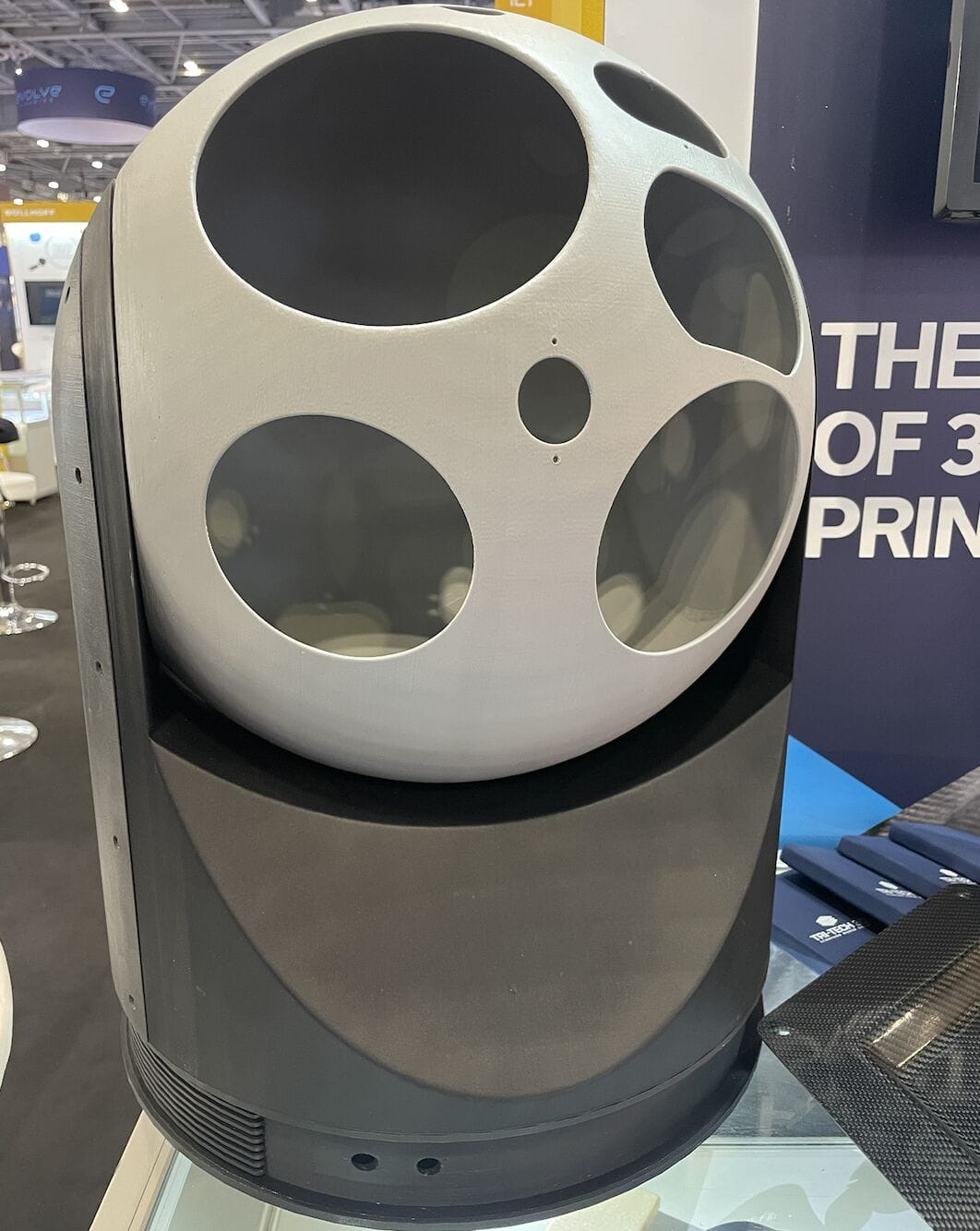
Material development
As the AM market has matured, a wider range of materials with beneficial properties have become available — with many polymers that are just as strong as metal components and deliver numerous benefits.
Nylon 12 CF, for example, is a popular choice for drone components. This carbon fibre reinforced thermoplastic delivers the highest strength and stiffness-to-weight ratio of any FDM material from Stratasys, meaning it can often replace metal components and create more lightweight parts. The material also offers good chemical resistance and durability, ensuring drone components maintain structural integrity in different environmental conditions over extended periods without degradation.
AM system manufacturers typically validate materials and machining processes to ensure quality and repeatability, considering factors like part orientation, material properties and mechanical performance. By working with a 3D printing OEM that can tightly control these parameters, drone manufacturers can reduce variation when producing and qualifying their parts and find the optimal combination of machine and material.
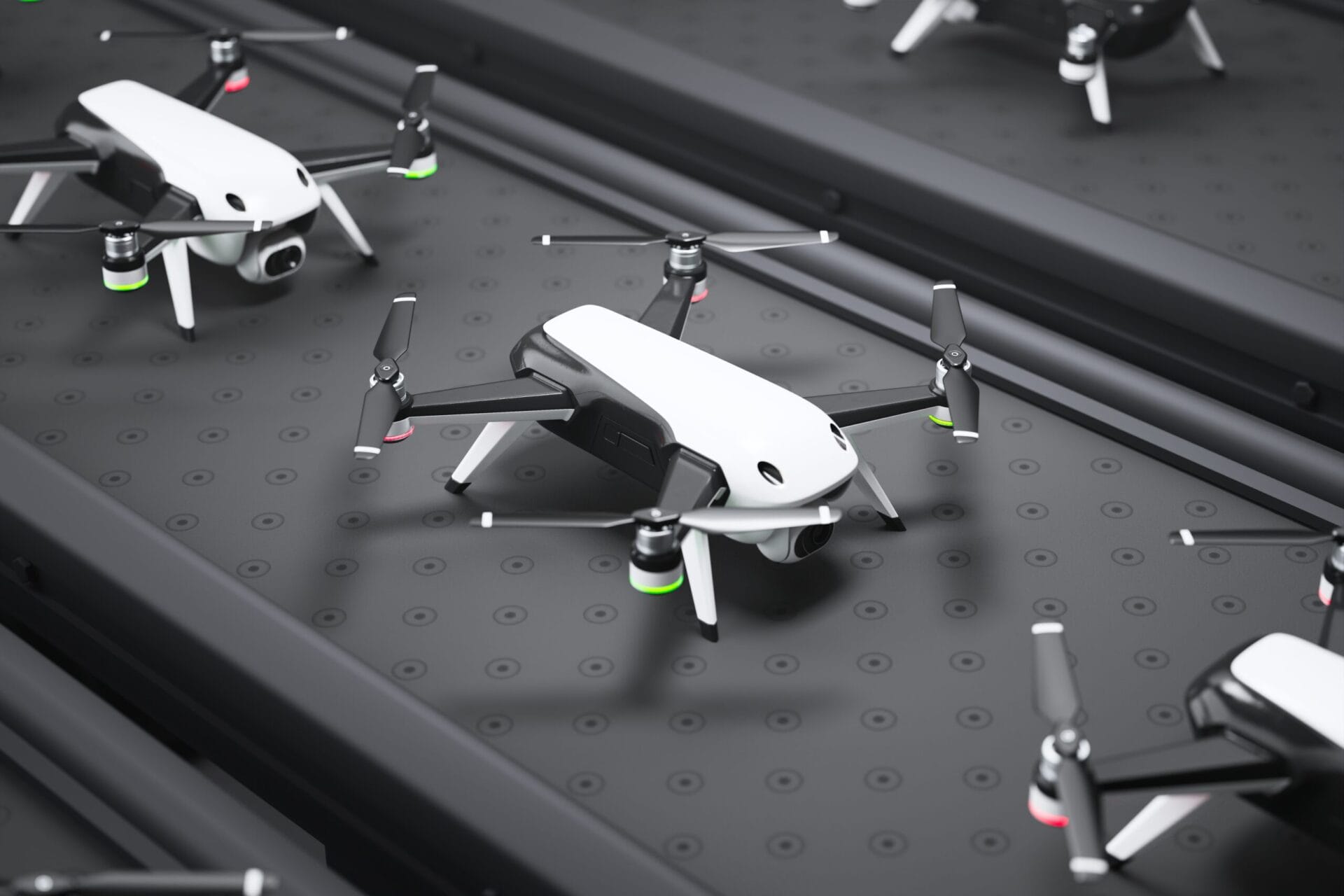
Making decisions
When considering integrating AM into drone production, manufacturers must openly discuss the application’s limitations with an experienced supplier. AM typically complements other production methods, so understanding requirements such as flying time, chemical resistance, UV exposure and throughput will help determine the most suitable materials and methods for each component, creating a hybrid production line.
In securing well-established drone applications for future use, industries must preserve existing fleets while finding ways to meet changing requirements. 3D printing enables manufacturers to address immediate needs by rapidly producing spares on demand while providing design freedom and material properties that can enhance drone durability and agility.
To understand how 3D printing can optimise your drone production, contact Tri-Tech 3D. Or, for more information on 3D printing in defence, visit the company website.

